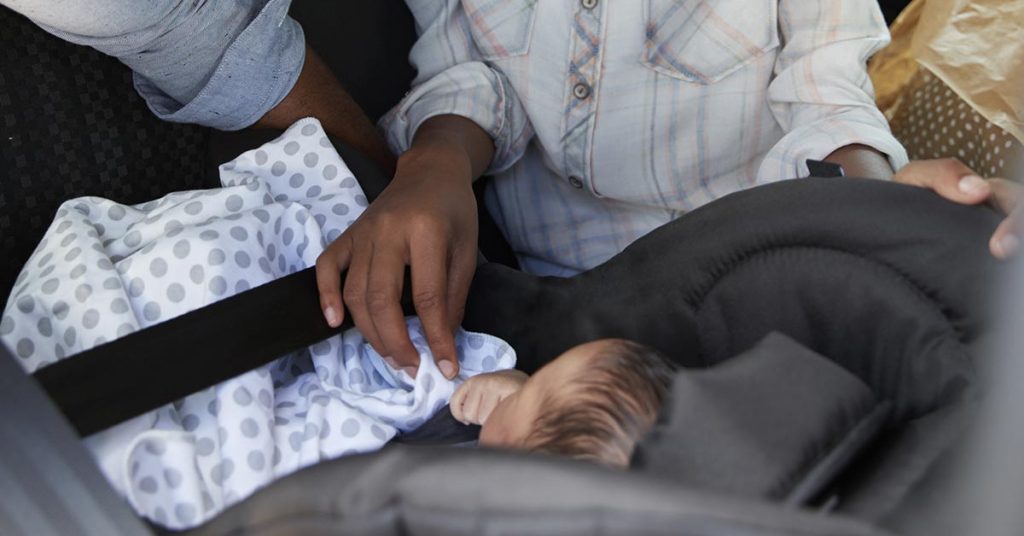Car Seat Education
Child Passenger Safety Technician (CPST)
Car Seat Education: Virtual or in-person
Free 45-minute Consultation
Learn How To:
- Choose the right seat for your vehicle and your child
- Secure your child properly
- Make adjustments to your car seat
- Install your car seat properly

Car Seat Education and Resources
Car Seat Safety and Education
Please consider this FREE car seat basics course that offers 60 minutes to hold space to learn how you can help keep your child safe.
Child Passenger Safety Best Practices
This resource offers best practice techniques and video demonstrations of car seats in crash testing.
Car Seat Safety Tips
This site offers tips, how to choose the seat that is best for your family, and important checklists.
National Child Passenger Safety Certification
- Find a local Child Passenger Safety Technician (CPST)
- Ultimate car seat guide
Washington State Car Seat Law
- Updated car seats laws for WA State
- Statistics and educational resources
Additional Car Seat Videos

7:13

3:24

0:08

3:20

2:57
Car Seat Safety By Age: Infants in Rear-facing Seats (Children’s Hospital of Philadelphia)
Choosing and properly installing a child safety seat will help protect your baby from serious injuries. Remember, infants and toddlers should ride in a rear-facing car safety seat as long as possible, until they reach the highest weight or height allowed by their seat. Once an infant-only seat is outgrown, most convertible seats have limits that will allow children to ride rear-facing for 2 years or more. In some states, the law requires that children under 2 ride rear-facing. Always check your car seat manual for maximum weight and height guidelines, and refer to the Governors Highway Safety Association for updated child passenger safety laws in your state: http://bit.ly/2TXAm0Z
For more information, tools, and educational videos to help keep your child safe in the car, please visit: http://bit.ly/2TL5CS0
Why Children Should Travel Rear-Facing
Dr. Marilyn Bull, professor of pediatrics in the Riley Hospital for Children at Indiana University, explains the safety benefits of children riding rear-facing in vehicles for as long as possible.
Child Restraint System Misuse; Rear Facing versus Forward Facing
This video shows the protective benefits of keeping kids rear-facing longer. Here two 12 month crash test dummies experience a severe frontal crash while one is riding forward facing and the other rearward facing. The head and neck of the rear-facing occupant are both supported and kept relatively aligned during the crash and thus protected from extreme loads. In contrast, the forward facing child’s head is thrown forward while the child’s shoulders are held back, severely loading the occupant’s neck.
Install a Rear-Facing Car Seat
Learn how to install a rear-facing car seat.
Install a Forward-Facing Car Seat
Learn how to install a forward-facing car seat.

Avoid Heatstroke
Save lives
Never leave your child in a vehicle unattended.
Always check the backseat.
Read more about how to avoid heat stroke here